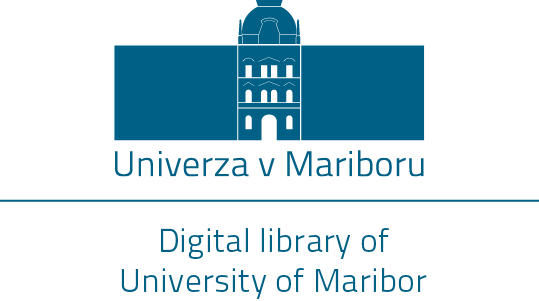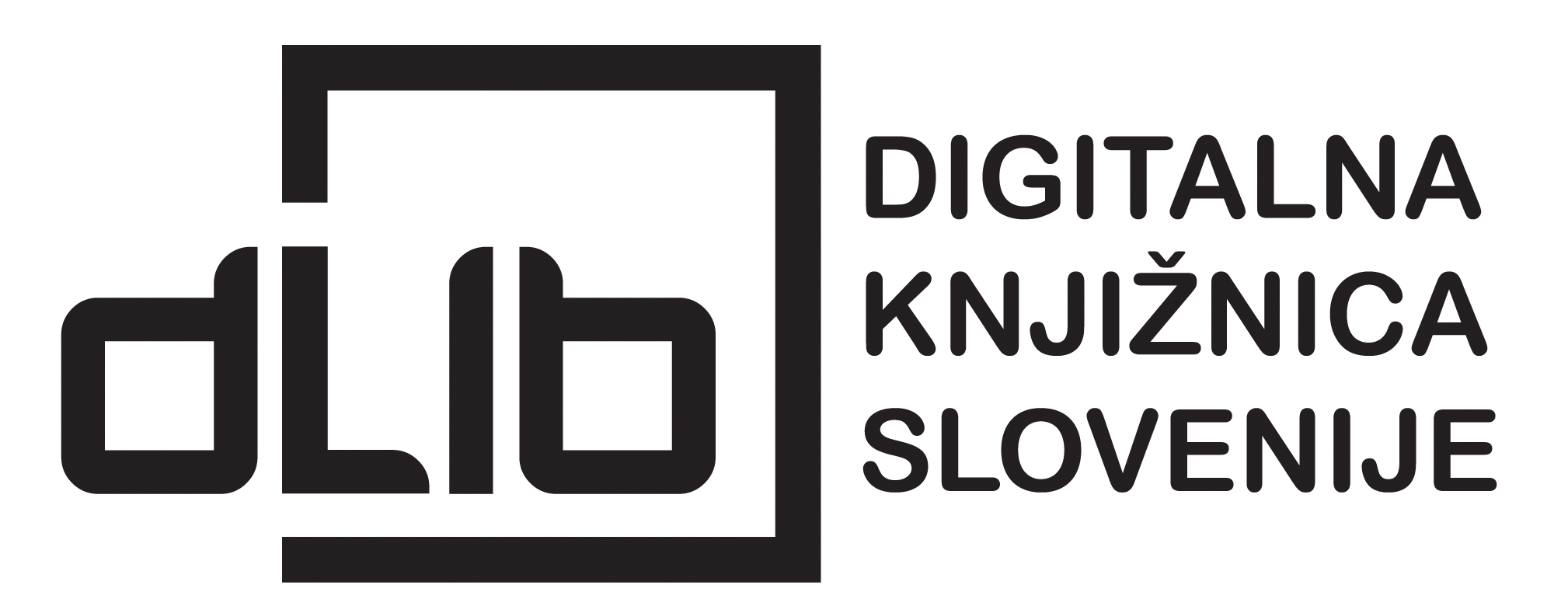Rhythm and Tempo
Synopsis
This chapter explores the importance of rhythm and tempo in music and their impact on musical expression, learning, and cognitive abilities. Rhythm, defined as an organized sequence of temporal events, provides music with structure and meaningful patterns. Tempo, the speed at which music is performed, shapes the atmosphere of a piece and influences listeners’ emotional responses. Teaching techniques for developing rhythm and tempo, such as clapping, counting, and combined approaches, are discussed, with evidence showing that the timing between learning and performance affects outcomes. Rhythmic exercises enhance cognitive skills, including working memory, attention, and language abilities. The chapter also emphasizes the role of the teacher, who employs diverse approaches to develop students' rhythmic and temporal skills, foster participation, and encourage emotional expression.







